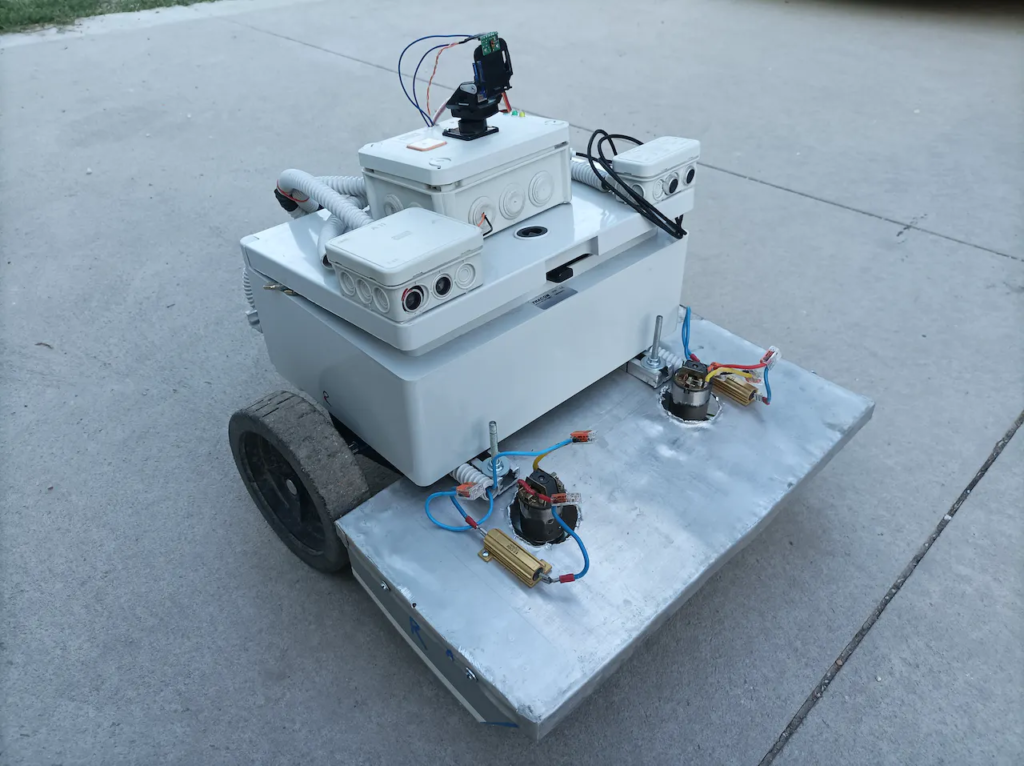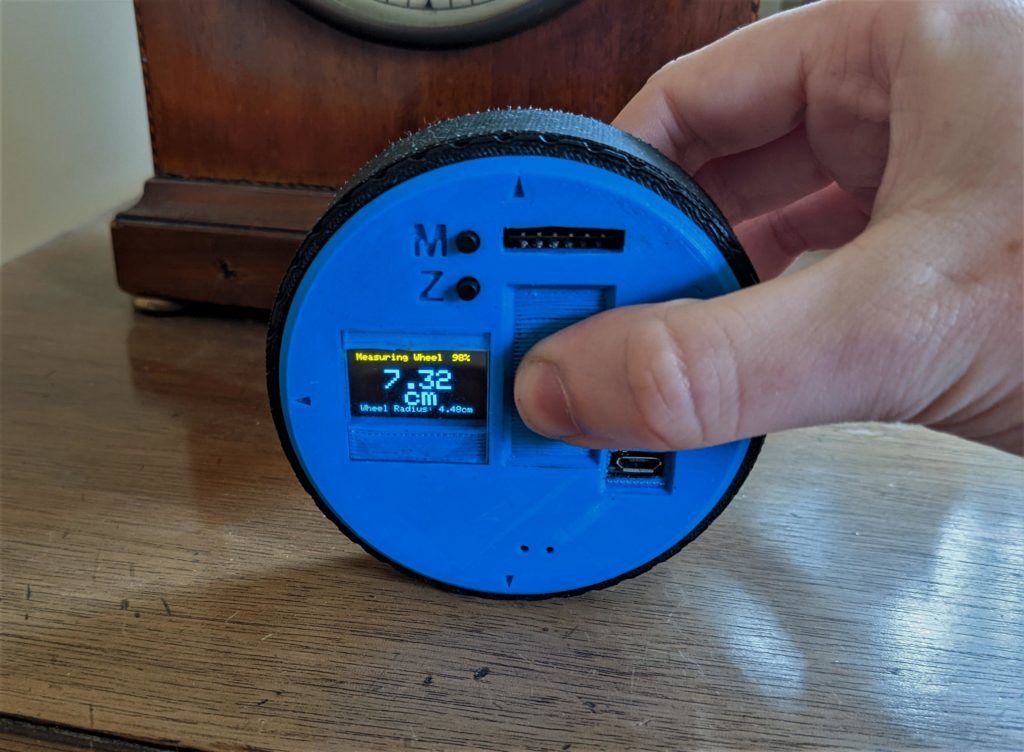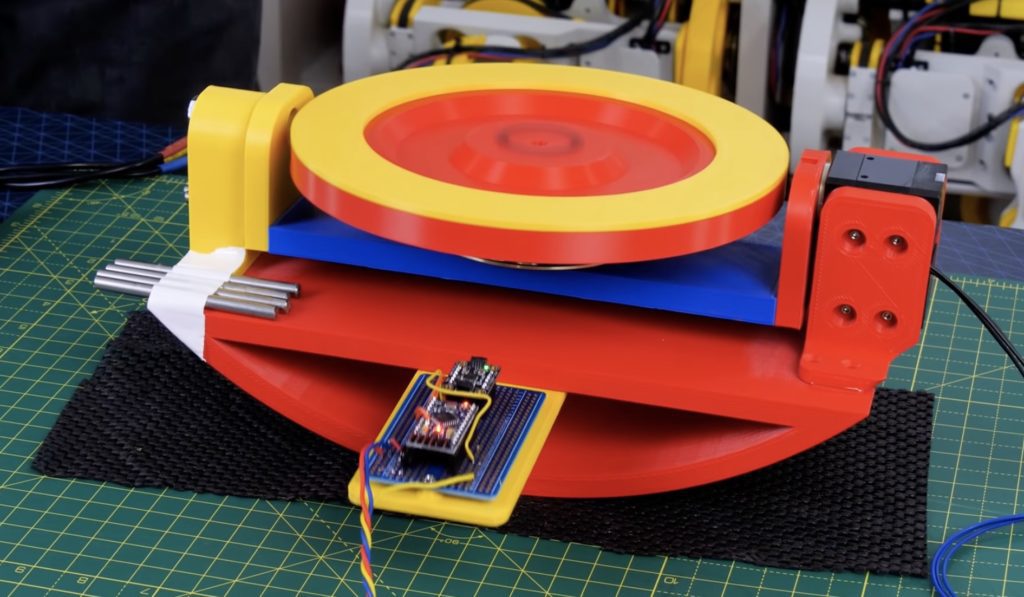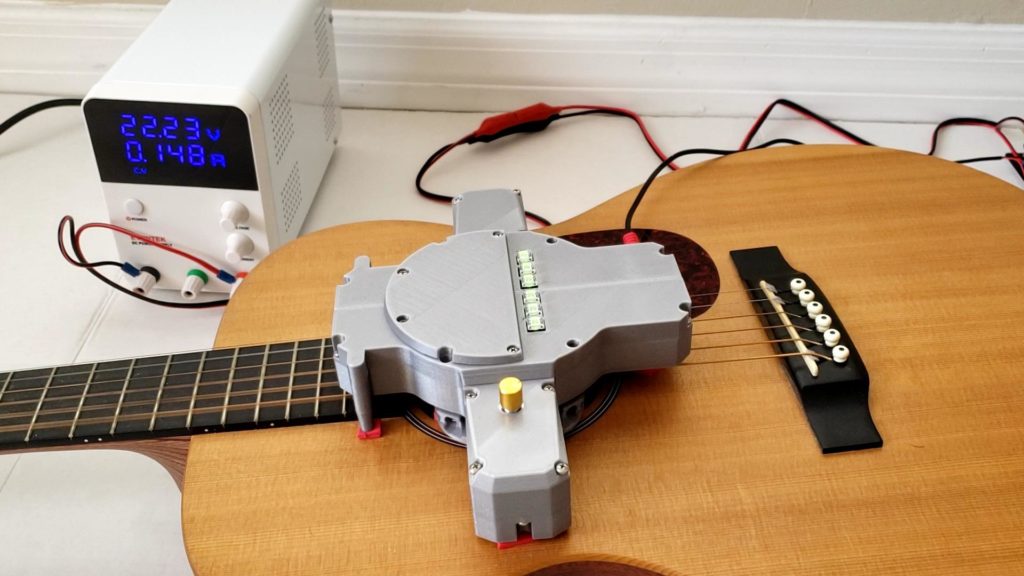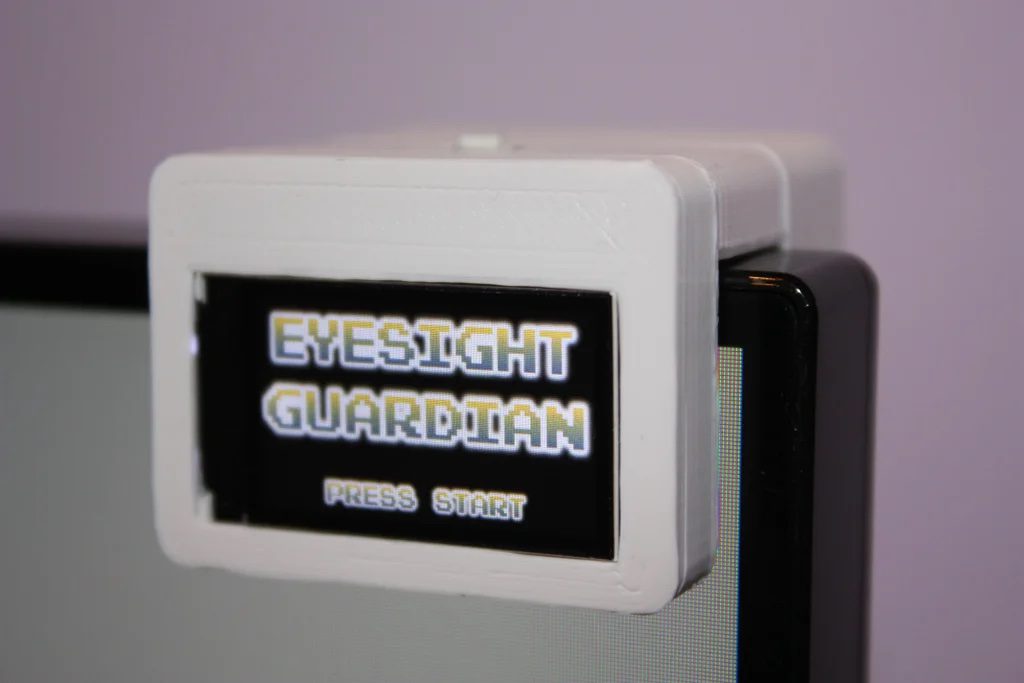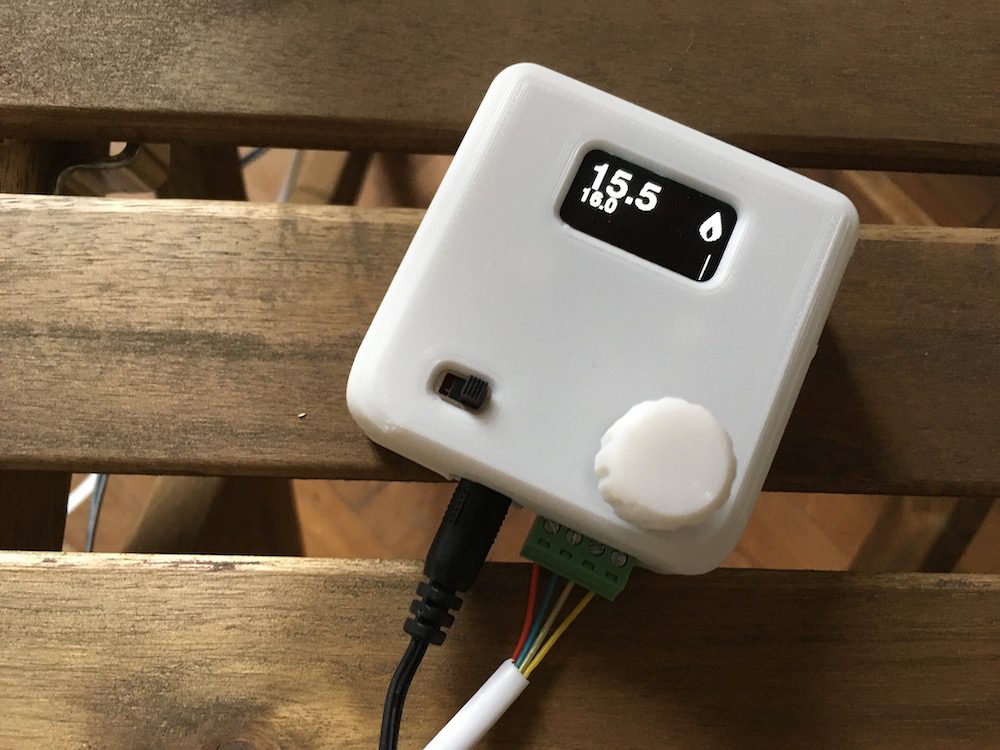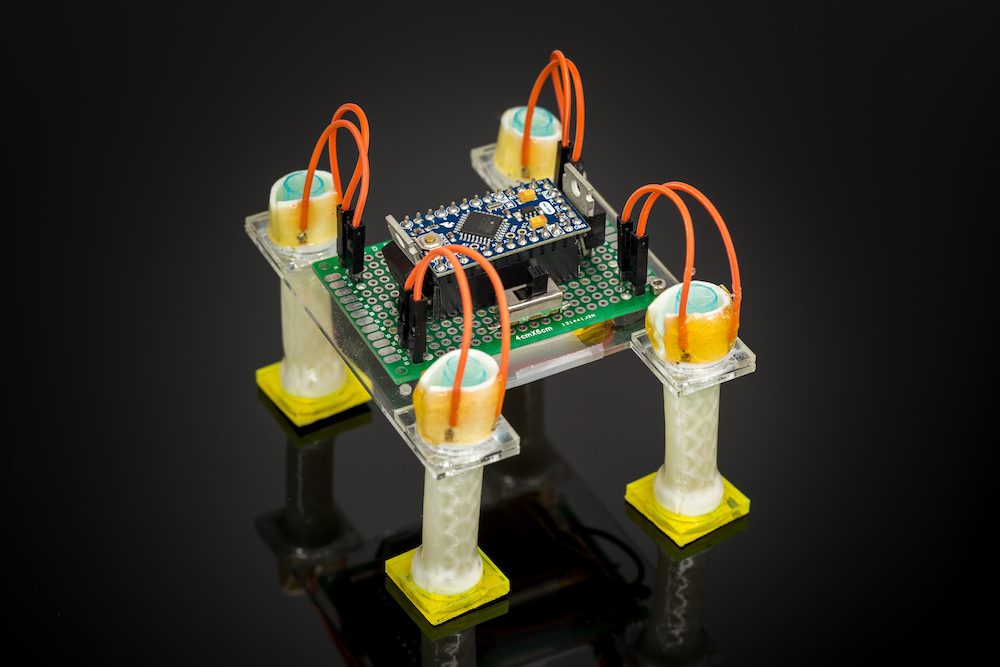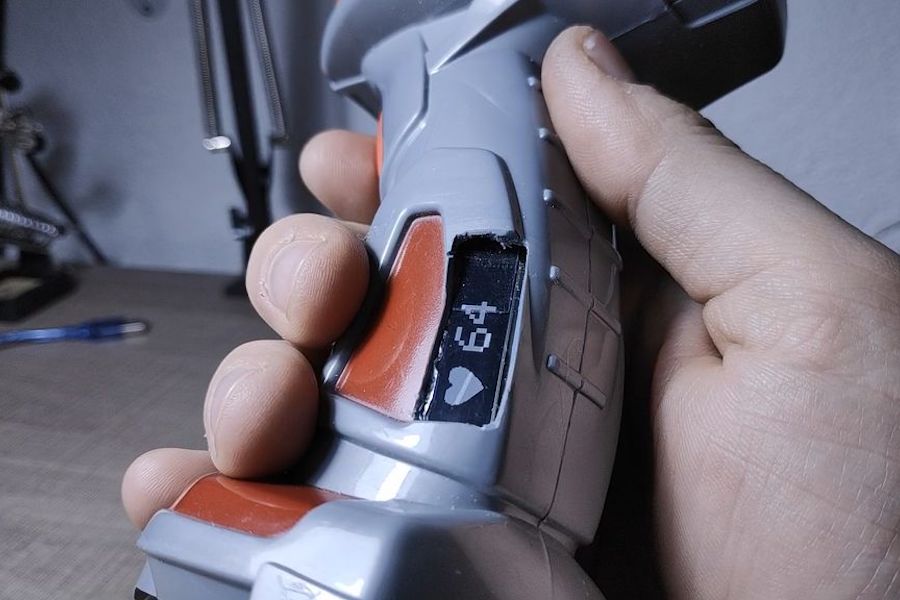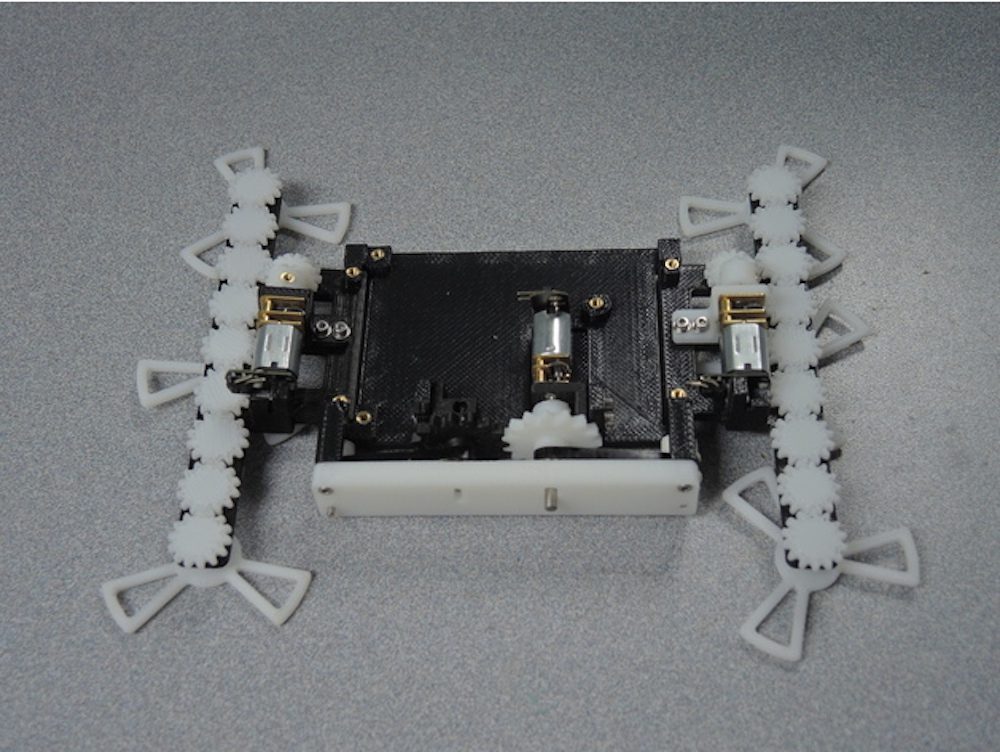Schlagwort: Pro Mini
-

Centimeter-scale lawn mower positioning without GPS RTK
Reading Time: 2 minutesArduino Team — July 27th, 2022 GPS is perfect for navigating roads, because that doesn’t require much precision. But GPS is only accurate to several meters, which means that it is unsuitable for applications that require more precise positioning. GPS RTK (real-time kinematic) systems can achieve much greater accuracy, but they are…
-

Build your own multi-function digital measuring wheel with Arduino
Reading Time: 2 minutesArduino Team — July 20th, 2022 Measurement tools, like calipers and micrometers, are just as important as your soldering iron and side cutters. But if you’re still using a measuring tape for long parts, you are subjecting yourself to unnecessary frustration. Digital measuring wheels let you easily measure almost infinite lengths by…
-

PocketView is an LED display that shows info through clothes and other fabrics
Reading Time: 2 minutesArduino Team — October 16th, 2021 When receiving a notification on your phone, it can be a tedious process to take the device out of a pocket, unlock the screen, and then read the message. In order to make viewing simple information much faster, University of Waterloo researchers developed a small pocketable…
-

This strange robotic fish swims like a lamprey
Reading Time: 2 minutesArduino Team — August 12th, 2021 Roboticists often look to nature for inspiration. That makes sense, because animals are very efficient machines, thanks to millions of years of evolution. Even our most sophisticated technology doesn’t come close to matching a common housefly. But we can get closer to mimicking nature at larger…
-

Send text messages over ham radio with the HamMessenger
Reading Time: 2 minutesArduino Team — July 27th, 2021 Ham radio, or amateur radio, is a hobby enjoyed by millions of enthusiasts around the world. The FCC in the US and similar organizations in other countries provide amateur radio licenses that allow hobbyists to communicate on designated radio bands. Most ham radio operators communicate by…
-

Spinning gyroscope “boat” stabilization
Reading Time: < 1 minuteSpinning gyroscope “boat” stabilization Arduino Team — May 6th, 2021 When you use a “gyroscope” in Arduino and robotics projects, generally this means a small IMU that leverages several methods of sensing to tell how a device is moving. However, physical gyroscopes are able to employ a spinning disk stay upright…
-

AutoStrummer is a DIY device that strums your guitar for you
Reading Time: 2 minutesArduino Team — May 4th, 2021 When playing the guitar, working the fretboard is only half of the equation. The other half is plucking or strumming the strings. But some people, particularly those with disabilities, may find it difficult to do both. To help with the strumming part of the equation, Jacob…
-

Avoid eyestrain with the help of the Eyesight Guardian
Reading Time: 2 minutesAvoid eyestrain with the help of the Eyesight Guardian Arduino Team — March 4th, 2021 Many of us spend all day staring at a computer screen, entering data, watching YouTube, writing blog articles, or any number of other tasks. According to Daniel Hingston, computer-induced eye strain can be a real problem, and…
-

Controlling a gas convection heater with a custom thermostat
Reading Time: < 1 minuteControlling a gas convection heater with a custom thermostat Arduino Team — November 27th, 2020 Redditor “Higgs8” had a gas convection heater that is (or was) controlled manually, but they wanted something a bit more. To accomplish this, they came up with a small Arduino-based thermostat. This allows you to set the…
-

UCSD engineers developed electrically-controlled soft robot actuators
Reading Time: 2 minutesUCSD engineers developed electrically-controlled soft robot actuators Arduino Team — October 12th, 2019 Engineers at the University of California San Diego have come up with a way to build soft robots that are compact, portable and multifunctional without the requirement for compressed air. Instead, they’re using a system of tubular actuators made…
-

Star Trek tricorder-style heart rate monitor
Reading Time: < 1 minuteStar Trek tricorder-style heart rate monitor Arduino Team — December 28th, 2018 A heart rate monitor can be an important tool for tracking fitness and exertion levels, but what if you want something a bit more interesting style-wise? For a novel idea, be sure to check out the project shown below…
-

Robot transforms to slide under doors and more
Reading Time: 2 minutesRobot transforms to slide under doors and more Arduino Team — July 11th, 2018 While the STAR, or Sprawl Turned Autonomous Robot, is more than capable of traveling over obstacles with its three-pointed wheels, it can also make itself thin enough to simply slide under others as needed. This clever design uses…
